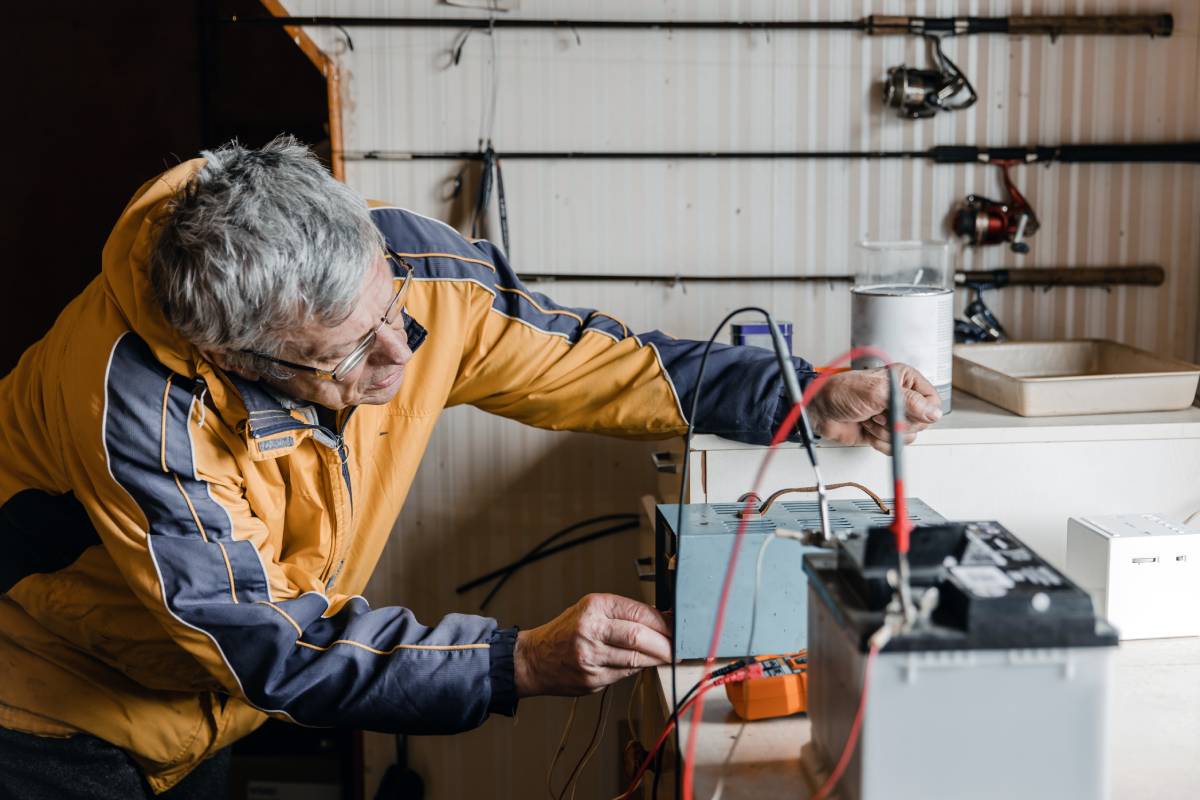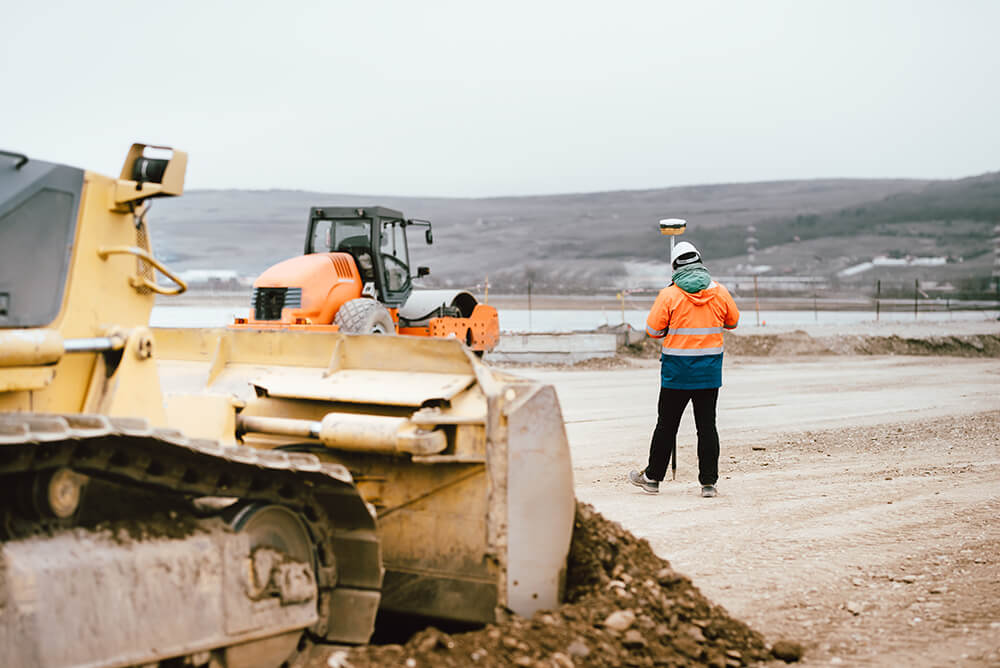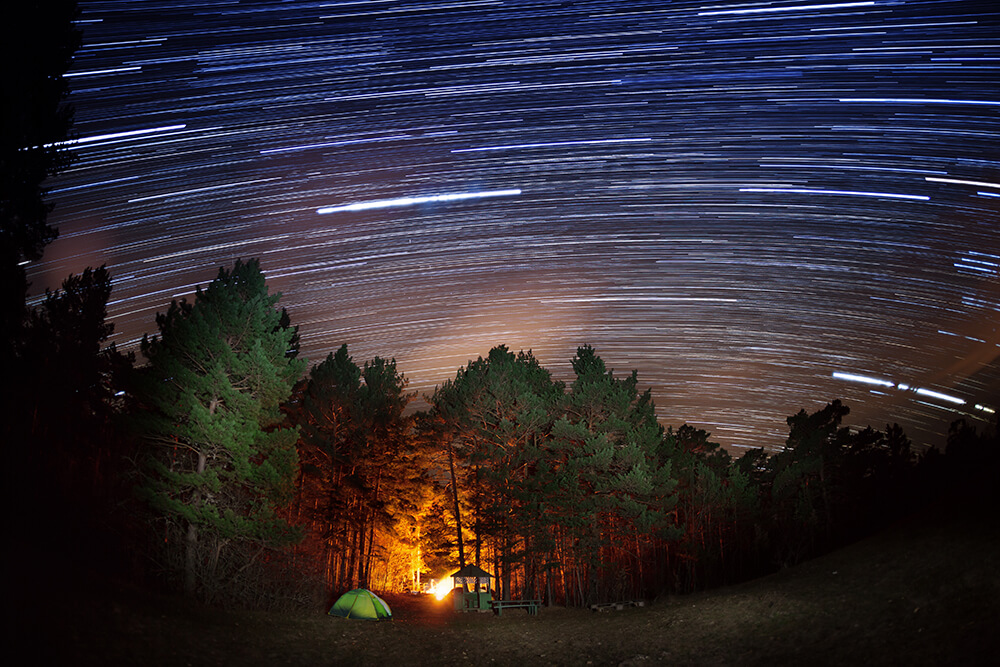Choosing between seeding a lawn and installing instant lawn (also known as sod) is a major decision for homeowners, landscapers, and nursery operators. Your choice will affect cost, time to green coverage, maintenance needs, long-term health, and even your enjoyment of the yard. This article breaks down:
- What each method entails
- Key differences in process and outcomes
- Pros and cons of both options
- Cost comparison and budget impact
- Situational factors to consider
- Recommendations for various scenarios
What Is a Seed Lawn?
A seed lawn involves preparing soil and planting grass seed directly on site. The general steps include:
- Soil preparation: Removing weeds, tilling or loosening soil, adding topsoil or amendments.
- Leveling and grading: Ensuring proper slope for drainage and smooth surface.
- Seeding: Spreading seed using a broadcast spreader, slit seeder, or hand-casting.
- Covering seeds: Applying a thin layer of straw, mulch, or biodegradable turf blanket to protect seeds and retain moisture.
- Watering and care: Frequently watering lightly until germination and establishment; often daily or multiple times per day.
Time to germination depends on grass type and weather—cool‑season grasses may sprout in 7–21 days, warm‑season types in 14–28 days. Full establishment, where mowing and full-use are appropriate, might take 8 to 12 weeks or longer, depending on conditions.
What Is an Instant Lawn (Sod)?
Instant lawn, commonly known as sod, consists of pre-grown grass on a layer of soil and roots delivered in rolls or squares. Installation steps include:
- Soil preparation: Similar steps—weed removal, grading, and moderate soil prep (though less invasive than full tilling).
- Laying sod: Rolling out strips of sod, staggering seams like bricks, fitting tightly edge-to-edge.
- Pressing and watering: Gently rolling or pressing to ensure root contact with soil, followed by thorough watering.
- Post-install care: Watering frequently for the first couple of weeks, then gradually reducing frequency as roots secure.
You get full green coverage immediately, with partial usability within a week or so and complete establishment around 4 to 8 weeks.
Head-to-Head Comparison
Time to Green Coverage
- Seed: Takes weeks to germinate and months to fully fill in and be ready for mowing.
- Sod: Instant green and coverage the moment you install, with mature usability in about 4–8 weeks.
Initial Cost
- Seed: Generally much cheaper—grass seed may cost anywhere from $0.10–$0.50 per square foot, plus soil amendments and labor.
- Sod: Costs more—typically between $0.50–$2.00 or more per square foot installed, depending on grass species and delivery.
Labor & Installation
- Seed: Requires more labor in soil prep and ongoing watering early on, but seeding itself is simpler.
- Sod: Requires precise handling, faster lay-down, and immediate watering—labor-intensive but quick.
Maintenance
- Seed: Needs careful watering early, weed control, and protection from birds or erosion.
- Sod: Needs frequent watering initially; thereafter similar maintenance to seeded lawns.
Risk & Success Rate
- Seed: Germination risk depending on weather, pests, birds, or uneven coverage. Thin patches are common.
- Sod: High success rate if installed correctly—less vulnerability to weather and erosion.
Appearance and Uniformity
- Seed: Can look uneven, patchy as it grows in. May blend multiple seed varieties, affecting uniformity unless using a high‑grade blend.
- Sod: Very uniform and dense from the start, especially if using high-quality turf.
Environmental & Soil Health
- Seed: Allows roots to develop naturally into soil, improving long-term soil structure and health.
- Sod: Roots establish quickly but may take longer to integrate fully into the existing soil profile.
Erosion Control & Climate Response
- Seed: More prone to erosion on slopes and in heavy rains before germination.
- Sod: Provides immediate erosion protection and helps moderate soil temperature and moisture fluctuations faster.
Cost Breakdown (Estimates)
| Method | Estimated Cost (materials only) per sq ft | Additional Costs |
|---|---|---|
| Seed Lawn | $0.10 – $0.50+ | Topsoil, starter fertilizer, straw mulch, labor, watering equipment |
| Sod (Instant) | $0.50 – $2.00+ | Delivery, installation labor, soil prep, soil amendments, increased initial watering |
Example: 1,000 sq ft area
- Seed:
- Grass seed (mid-grade blend): $200
- Starting fertilizer, straw: $50
- Soil amendments/topsoil: $100
- Estimated total: ~$350 (not including labor or watering costs)
- Sod:
- Sod rolls: $1,000
- Soil prep, delivery, installation: another $300–500
- Estimated total: ~$1,300–1,500
So seed is roughly one-quarter the cost—but takes time and requires patience and care, while sod delivers instant results at a premium price.
When to Choose Seed Lawn
Choose seeding if you…
- Prefer the most cost-effective option or have a tight budget.
- Have ample time and are not in a rush for a finished lawn.
- Are comfortable managing watering and early maintenance.
- Want deeper root development for long-term soil health.
- Have mild weather conditions conducive to germination (cool, moist spring or fall).
- Have a large area to cover—seed savings scale up.
- Want to custom-blend grass varieties or mix in eco-grasses (e.g. native blends, wildflower).
When to Choose Instant Lawn (Sod)
Choose sod when you…
- Need immediate lawn appearance—for aesthetics, events, or sale.
- Have slopes or erosion issues, or heavy rain exposure before grass can seed in.
- Want uniform color and texture from the start.
- Have limited time and/or superior lawn establishment is critical.
- Prefer lower risk—instant thick coverage means fewer failures.
- Are in a dry, warm climate, where seed germination and early survival are challenging.
- Want less early maintenance in terms of watering frequency (though still critical for the first weeks).
Climate and Timing Considerations
- Cool‑season grasses (e.g., fescue, bluegrass, rye) do best with seeding in early fall or spring when soil is warm and weed competition is lower.
- Warm‑season grasses (e.g., Bermuda, Zoysia, St. Augustine) should be seeded or sodded in late spring to early summer, when soil conditions support fast growth.
Sod can be installed over a broader range, but extreme heat or freezing temperatures still reduce success. In regions with erratic rainfall, sod might offer more predictability, while seed can fail if drought or erosion sets in before establishment.
Long-Term Performance & Sustainability
- Seed lawns, once matured, can develop strong, deep root systems, better drought tolerance, and a more natural integration with soil biota. They may require more frequent overseeding or patch repair over time, especially in high-use areas.
- Sod lawns establish quickly with dense turf. Over time, though, the roots may need encouragement to penetrate underlying soil—occasional deep watering and aeration help. Sod may need replacement or repair if seams rise or edges die out.
From a sustainability perspective, using locally adapted seed blends reduces environmental impact. Sod production requires cultivation, mowing, harvesting, and transportation—all giving higher carbon footprint; yet it reduces water runoff and erosion immediately after install, contributing to responsible site stabilization.
Hybrid Approaches and Tips
- Seed and sod combination: Use sod in high-visibility areas or slopes, seed elsewhere to reduce cost while delivering instant lushness in focal zones.
- Patch seeding: If existing turf has bare spots, spot-seed rather than re-sod the whole area.
- Pre-germinated/semi-instant turf products: Some nurseries sell trays or mats with thin grass mat—faster than seed, cheaper than full sod.
- Preparation is king: Whether seeding or sodding, success depends on good soil—amend soil pH, add compost or topsoil, and eliminate weeds.
- Water wisely: For seed, aim to keep soil surface consistently moist until germination. For sod, water deeply right after install and keep soil moist for first 10–14 days, then slowly transition to deeper, less frequent watering.
- Use mulch or erosion control blankets: For seeded slopes or areas of heavy rain exposure, these protect young seeds and help retention.
Recommendations by Scenario
- Budget-conscious homeowner, time flexible, moderate climate → Seed lawn: Max cost savings, healthy long-term lawn.
- Real estate staging or high-impact landscaping → Sod: Fastest, best-looking result for curb appeal.
- Sloped terrain or erosion-prone zone → Sod (or hybrid with erosion-control measures): Instant stabilization.
- Large acreage (e.g., new development, rural lot) → Seed: Seed scales well; sod becomes prohibitively expensive.
- Invasive weeds or poor soil → Take time to treat and amend soil; seeding delayed may pay off more—otherwise sod with prep may be safer.
- Hot, dry climate with limited watering → Sod, if irrigation/frequent watering feasible for first month, or select drought-tolerant seed blends and time seeding carefully.
Final Verdict: Which Is Better?
There’s no one-size-fits-all answer. Each method has strengths:
- Seed lawns excel in cost-efficiency, deep-root development, and long-term soil health. Ideal when time, patience, and conditions favor gradual establishment.
- Instant sod shines for immediate appearance, low risk, fast erosion control, and convenience—at a premium price.
Here’s a quick decision guide:
- If budget is tight and there’s no rush, seed.
- If you need quick results for an event, sale, or visual impact, sod.
- For slopes or erosion-prone sites, favor sod (or hybrid with erosion control).
- For very large projects, seeding may be the only economical option.
No matter which route you choose, preparing your soil well and maintaining proper watering are the linchpins of success. Monitor growth, stay on top of weeds, and be ready with routine maintenance—ripping out weeds in early stages is far easier than trying to fix an overgrown, bare-patch lawn later.
Conclusion
Deciding between a seed lawn and instant lawn depends on your budget, timeline, climate, and maintenance ability. Seed offers long-term sustainability and deep root systems at a lower cost but requires patience and more maintenance early on. Sod delivers instant greenery and lush coverage, ideal for quick results or challenging terrain, though more expensive and with a higher carbon footprint. Many homeowners find a hybrid approach—sod in visible or high-traffic zones, seed elsewhere—offers the best of both worlds.
If you’re based in Sydney or surrounding regions, A View Turf – Turf Farm in Sydney offers a premium range of instant lawn options tailored to the local climate. Partnering with a reputable turf supplier ensures you get quality turf and expert advice for a thriving lawn season after season.


